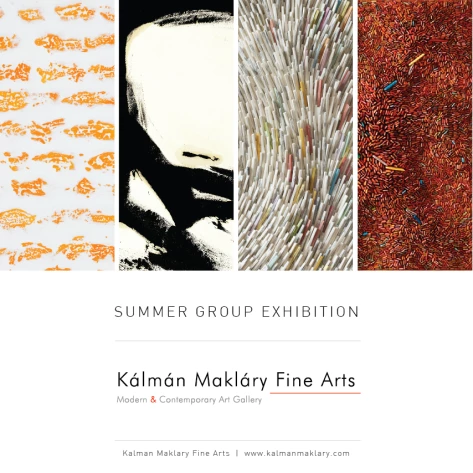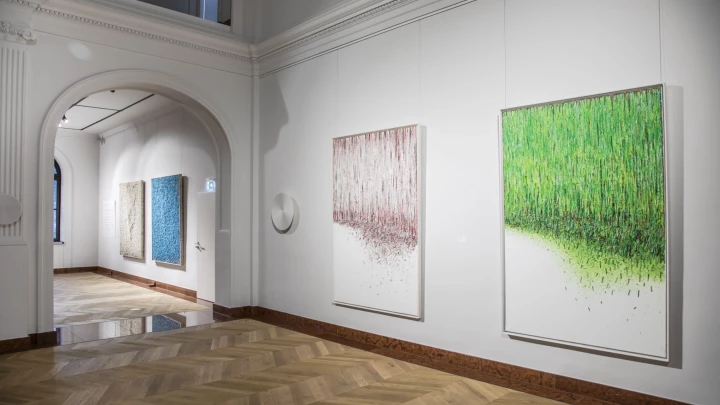Early Life
Suh Jeong Min is a Korean artist born in Seoul. He received his BFA in Painting from Chosun University and an MFA in Fine Arts from Kyeonggi University. Suh’s sculptural works are created using paper derived from the inner bark of the national Mulberry tree, a resilient pulp that has been used by Korean craftsman to create everything from decorative items to furniture for centuries. Using a similar technique to the ancient masters, Suh’s Hanji compositions dwell upon the duality of existence and the use of natural materials in the contemporary culture.
Hanji (한지/韓紙)
As a craft unique to Korea, hanji is considered integral to the culture, and so its use by artists can be considered as an acknowledgment of this traditional craft, albeit in a distinctly non-craft way. Its use also shows how an aspect of culture long superseded by technological changes can continue in a transformation from the commonplace to the exceptional through an artist’s innovative methods.
About his Art
The artwork of Suh Jeong-Min employs the timeless structures of geometry while simultaneously pursuing an idiosyncratic aesthetic that combines cultural references with unusual formal techniques. These elegant and imposing works are neither painting nor sculpture, yet have characteristics of both, and extend recent trends in art such as the privileging of material and the use of language into a new territory. For some viewers, Suh’s artwork will arouse curiosity about Korean culture through its attractive, tactile surfaces, while others more familiar with his materials will find themselves rediscovering these materials in new and unexpected ways. The paper Suh uses is called hanji, and is made from the inner bark of Mulberry trees. This paper is usually formed into laminated sheets that are pounded to compact the wood fibers, giving it great resilience and durability. The world’s oldest surviving wood block print, the Buddhist “Pure Light Dharani Sutra,” which is Korea’s National Treasure No. 126, was printed on hanji in c. 704 and is still in good condition. Hanji is so durable that it was used to make window covering and furniture such as cabinets and trays.
In Suh’s artwork one can sense an attentiveness to time-honored practices in Asian art, particularly the craft of papermaking in Korea and scroll painting, along with an innovative approach to these practices that distills their material essence. Traditions that have been marginalized by the onward rush of technological progress are given a privileged status for contemporary viewers, a new relevance that might have seemed unattainable before. Suh presents aspects of Korean culture in a non-historicized, vital way in artwork that extends the formal possibilities of contemporary art.
Artworks of Suh Jeong-Min are available at the Kálmán Makláry Fine Arts.













